I was a young, aspiring writer when I decided to leave everything behind and move to Istanbul more than two decades ago. I rented a tiny, dingy flat at the bottom of the Street of Cauldron Makers not far from Taksim Square, the heart of the modern city. That first night, I sat by the window under the anaemic light from a streetlamp, and wondered what this urban sprawl held for me. At midnight, I heard a loud voice from outside, full of anger and emotion. A transvestite was walking down the street, her miniskirt glittering in stark contrast to her raven hair.
She was limping furiously, holding in one hand a shoe with a broken heel. The other shoe she insisted on wearing. She was swearing at someone called Kareem, swearing and weeping, but soon her fury was directed at all men and then, suddenly, at the city of Istanbul itself. I opened the window and said a few friendly words, trying to communicate with her. She waved her hand dismissively. As I watched her disappear down the street, I remember thinking to myself what a terrific city this must be where not only exhaust fumes and cigarette smoke but also profanities reached the skies; and what a painful place, too, this must be where transvestites cried alone at night.
There is no Istanbul. There are Istanbuls — plural, competing, coexisting, clashing. The complexity of the city’s story is revealed in mesmerising detail in Bettany Hughes’s new book. At times her writing feels like a love letter, or a eulogy to what has been lost. Her compassion for the city and its millions of inhabitants, past and present, comes across from the very first pages. It is quite rare to read a historical book that weaves research and insight with understanding and love: here is a book written as much with the heart as the mind.
Hughes embarks on a Heraklean task, ‘using clues in the landscape to tell a story of this city from prehistory to present’. Like a magpie, she collects facts and stories, giving voice to the forgotten, the silenced, the excluded. The book focuses on the three main phases of the city’s turbulent history: Byzantion, in the ancient past; Constantinople, when it became the capital of the Byzantine empire; and Istanbul, dating from the Ottoman era. It is a bit of a pity that the narrative largely ends as we reach the beginning of modern times, though there are a few important references to contemporary developments.
Straddling Europe and Asia, Istanbul is a city of multiple names and endless disguises. It is the longest-lived political entity in Europe; a kaleidoscope that changes shapes and patterns; a bridge between cultures which, like all bridges, draws anxious attention to the void beneath. With its natural resources and fascinating cityscape, it has been likened to ‘a diamond set between two sapphires’, envied by people East and West. But its history is full of ruptures. In 1204 it was ransacked by the Crusaders. In the 15th century it was captured by the Ottomans — a story we Turks memorise at school, through the lens of national pride and patriotism. We like to think that it always belonged to us, this city of marvels.
Asking that very question — to whom does the city belong? — Hughes gives us an impressive narrative that celebrates diversity and continuity. Her research is full of fascinating details, painstakingly sewn together. (One of my favourite was the boiling of thousands of snails just to make a single strand of purple thread.) This is not only for lovers of history or for those who have visited one of the most important cities on earth. Anyone who cares about culture, civilisation, multiculturalism and collective memory will find this book of interest. It is important to understand where and how Istanbul succeeded; and where and how it failed. Its history is full of lessons for all of us everywhere. In this sense, Istanbul is ‘a Rosetta Stone for international affairs’; ‘a place whose mood and modus operandi could determine the future security of East and West’.
Hughes also does a great job of introducing women into a narrative from which they have been mostly excluded. Not only powerful women — such as the sixth-century Empress Theodora — but ordinary women too — concubines, wives, peasants and prostitutes, spiritual women disguised as eunuchs in order to survive in a deeply patriarchal culture. Once upon a time, large icons of Mary were paraded around the streets, and pagan and monotheistic beliefs mingled effortlessly. Hughes writes:
Istanbul is not where East meets West, but where East and West look hard and longingly at one another, sometimes nettled by what they see yet interested to learn that they share dreams, stories and blood.
This metropolis has been a battleground between clashing cultures and ideas, and in many ways it still is. ‘A city that encourages abstractions and armies, gods and goods, hearts and body, mind and spirit to travel.’
‘To know Istanbul is to know what it is to be cosmopolitan,’ says Hughes. I would add, quietly, that ‘to know Istanbul is to know what it means to lose cosmopolitanism’. Armenians, Jews, Greeks, Roma… so many have been excluded from this city that was once home to them all. One of the themes that comes across strongly in the book is the beauty of diversity. Hughes is extremely careful when it comes to controversial chapters — of which there are several in Istanbul’s history. At times I wished she had been a bit more feisty when writing about these heartbreaking episodes, but I respect her calm, constructive style.
Today in Istanbul we are divided into mental, cultural and political ghettoes. This city of earthquakes and fires has become the site of greedy expansion and gentrification without proper urban planning. If the architect Sinan were alive, had he seen what we have done to his beloved capital, he would have probably cried. Istanbul is a city of urban amnesia. It feels as though everything is written on water over here — except the works of poets, written in our hearts, and the works of architects like Sinan, written in solid stone. Some of Sinan’s magnificent monuments proved to be inviolate and inviolable, but everything else is laid waste, perishable, starting with human life.
Bettany Hughes’s wonderful book thus restores memory at a time when it’s much needed, salvages the stories and knowledge from the tides of indifference. Here is an important book that must be translated into many languages — and especially into Turkish.
Got something to add? Join the discussion and comment below.
Get 10 issues for just $10
Subscribe to The Spectator Australia today for the next 10 magazine issues, plus full online access, for just $10.
You might disagree with half of it, but you’ll enjoy reading all of it. Try your first month for free, then just $2 a week for the remainder of your first year.

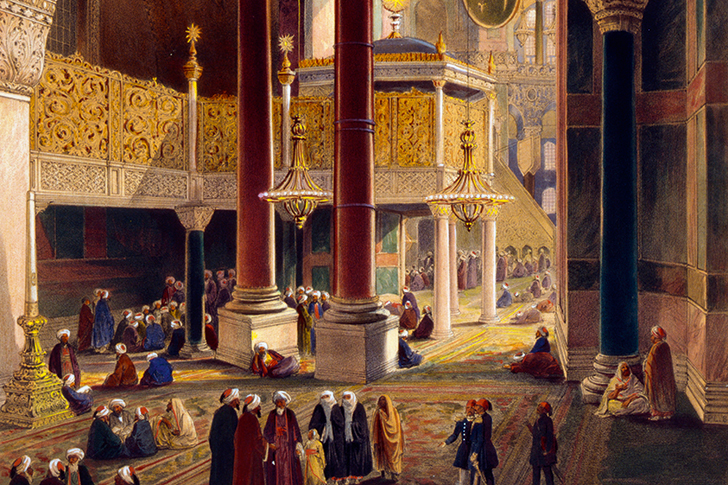
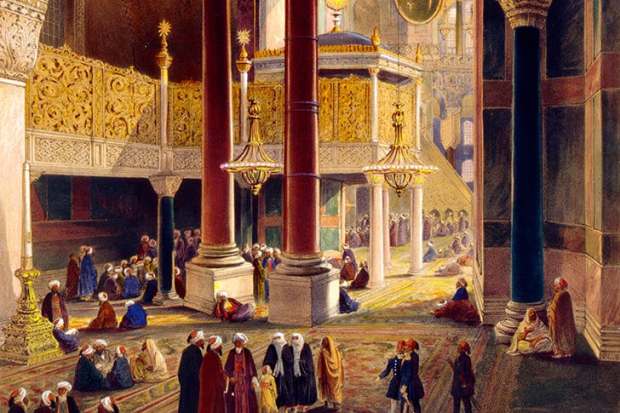
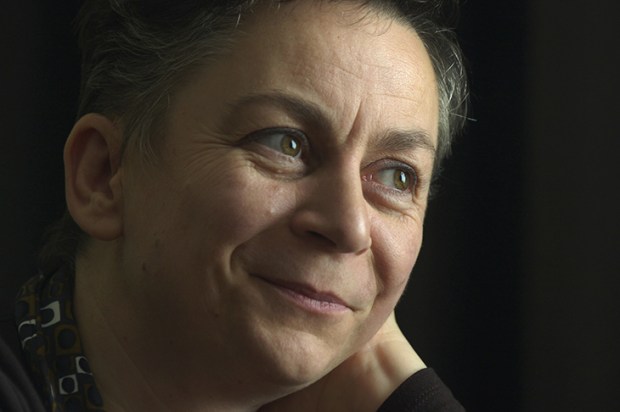
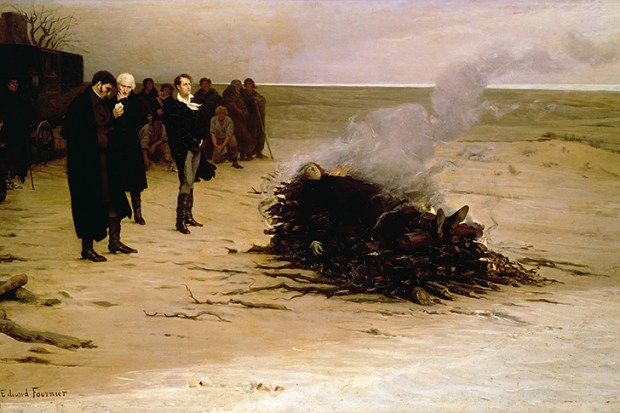
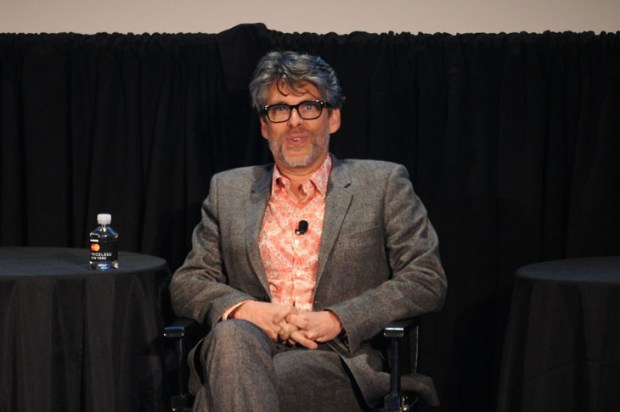
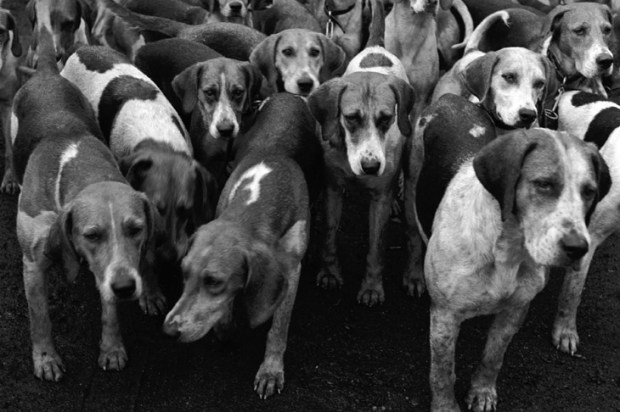
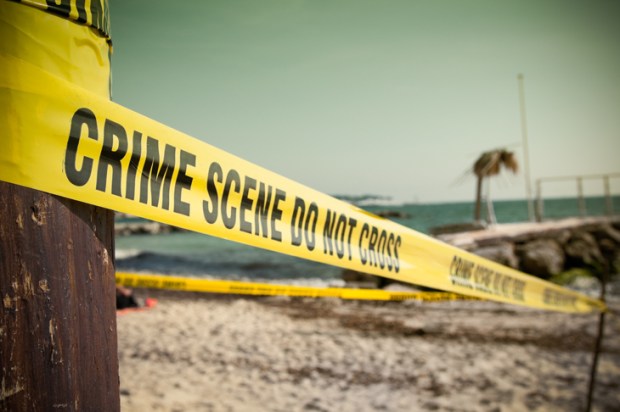






Comments
Don't miss out
Join the conversation with other Spectator Australia readers. Subscribe to leave a comment.
SUBSCRIBEAlready a subscriber? Log in